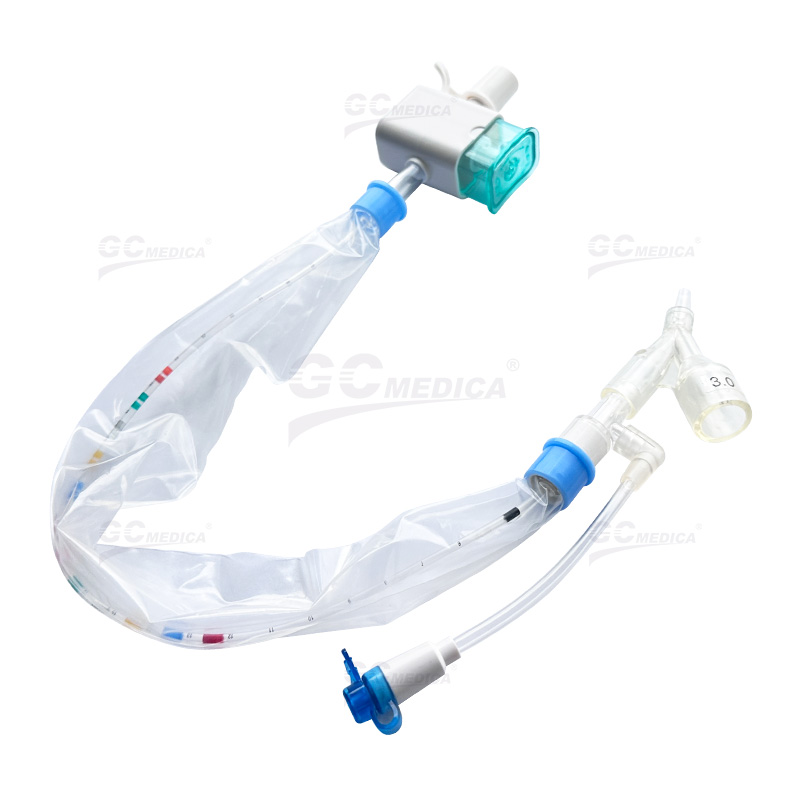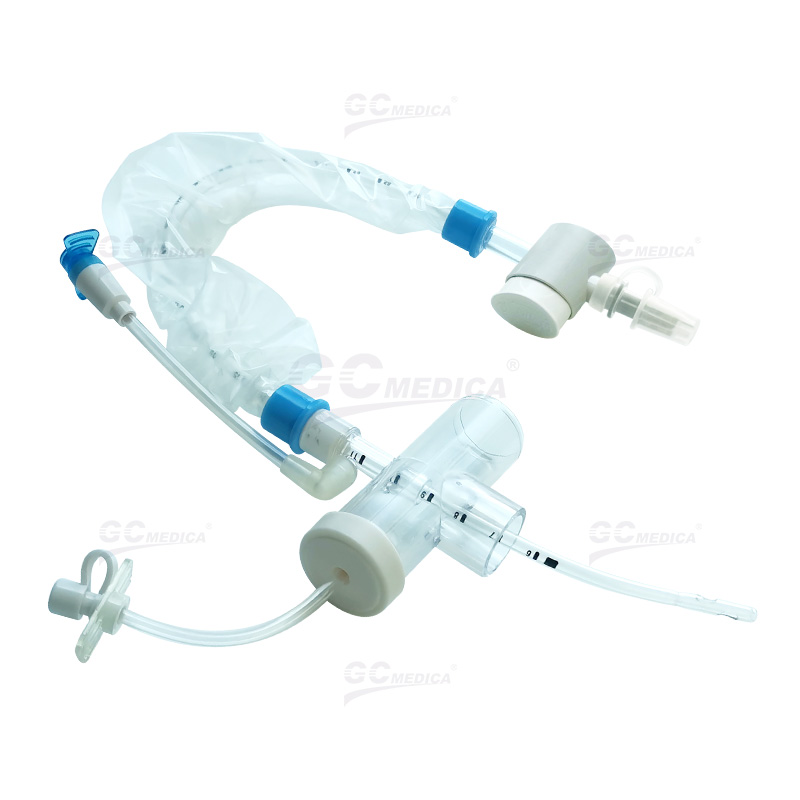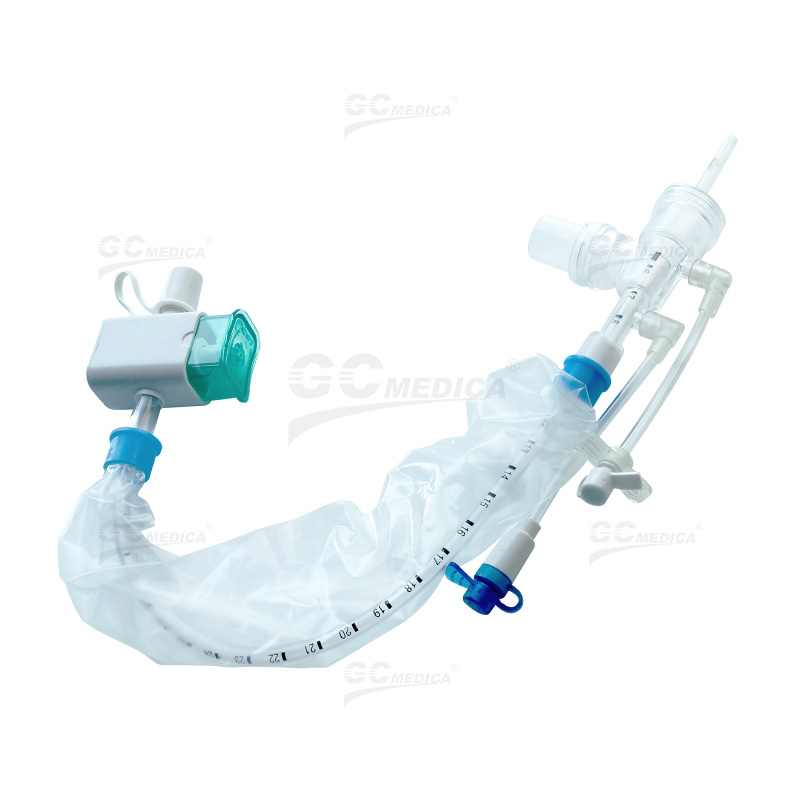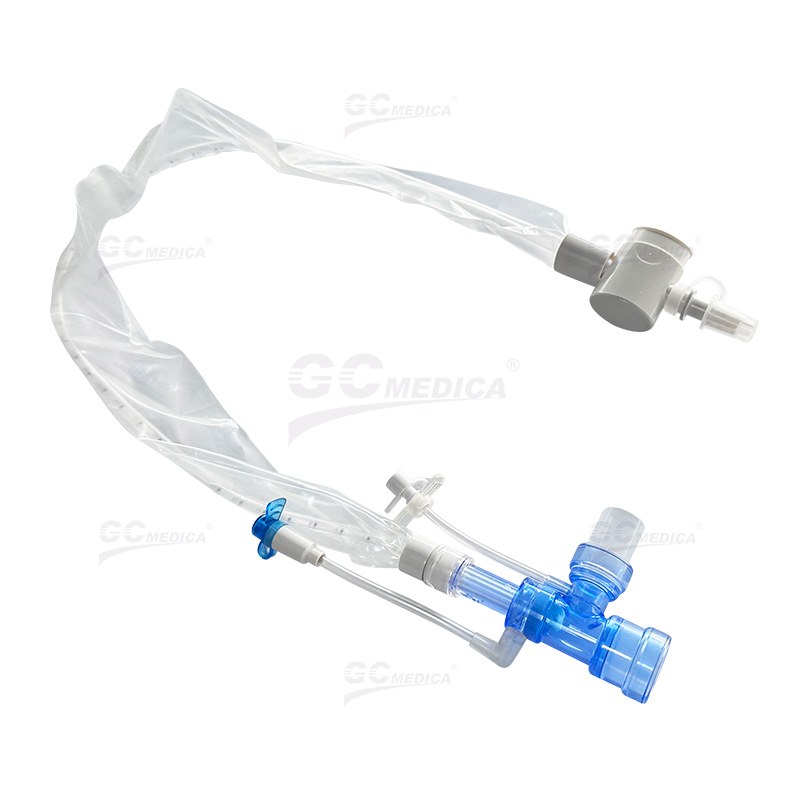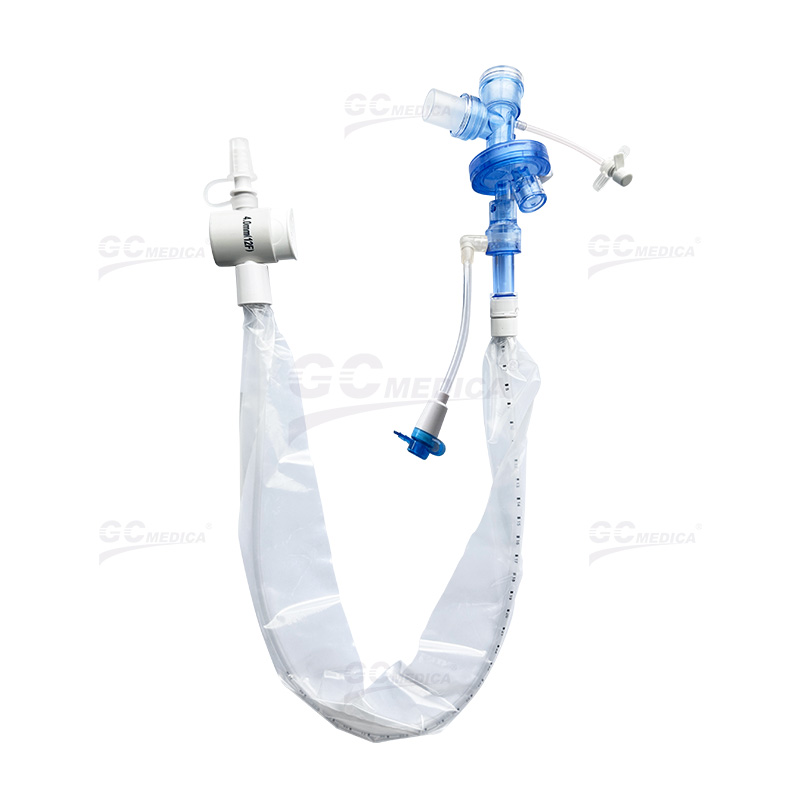Closed suction catheters are critical medical devices used in respiratory care to maintain airway patency and reduce infection risks. Selecting the right catheter requires balancing clinical needs, safety standards, and cost-effectiveness. Below are the top 10 factors to guide your decision-making process for global procurement.
| |
| Pedi Y Connector Closed Suction Catheter | |
| Trach T-piece Closed Suction Catheter | |
| Double Swivel Closed Suction Catheter | |
| 72H Closed Suction Catheter | |
| Multi-Port Closed Suction Catheter | |
1. Patient-Specific Sizing
Catheter size must align with the patient’s age and endotracheal tube diameter. For example, neonatal and pediatric patients require narrower catheters (e.g., 8–10 Fr), while adults may need 12–16 Fr sizes. Incorrect sizing can cause mucosal damage or ineffective suctioning.
2. Material Safety
Opt for medical-grade silicone or PVC to minimize allergic reactions and ensure flexibility. Silicone is preferred for long-term use due to its durability and biocompatibility.
3. Compatibility with Ventilator Systems
Ensure the catheter’s connector matches your facility’s ventilator or tracheostomy tube specifications. Incompatibility can disrupt mechanical ventilation and increase contamination risks.
4. Infection Control Design
Choose catheters with closed-system technology to prevent exposure to pathogens. Integrated gloves and sealed suction valves are critical for reducing cross-contamination in ICU settings.
5. Transparency for Visual Monitoring
A transparent catheter allows clinicians to monitor secretions and assess suction effectiveness, reducing procedural complications.
6. Sterile Packaging
Single-use, pre-sterilized catheters are essential for infection prevention. Verify packaging integrity and compliance with ISO 13485 or FDA standards.
7. Ease of Use
Look for ergonomic features like one-handed control valves or color-coded connectors to streamline workflows in high-pressure environments.
8. Cost-Effectiveness
Compare bulk pricing without compromising quality. Some suppliers offer tiered pricing for long-term contracts, which is ideal for hospitals with high-volume needs.
9. Regulatory Certifications
Prioritize products with CE marking, FDA approval, or ISO certifications to ensure adherence to international safety and quality benchmarks.
10. Supplier Reputation and Support
Partner with manufacturers that provide comprehensive technical support, training resources, and reliable after-sales service. Check customer reviews and request product samples for evaluation.
Conclusion
Selecting the right closed suction catheter involves a careful evaluation of clinical requirements, safety features, and supplier credibility. By prioritizing these factors, healthcare providers can enhance patient outcomes and operational efficiency. Contact us today to explore certified, cost-effective solutions tailored to your needs.
Keywords: closed suction catheter selection, medical suction catheter standards, ICU infection control, FDA-approved catheters, respiratory care equipment.


 Français
Français Español
Español Products
Products

 About Us
About Us




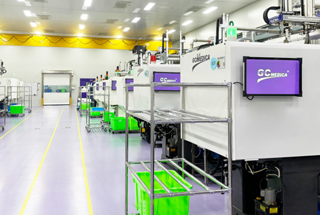
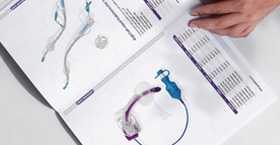

 GCMEDICA Closed Suction Catheters Online Promotion
GCMEDICA Closed Suction Catheters Online Promotion